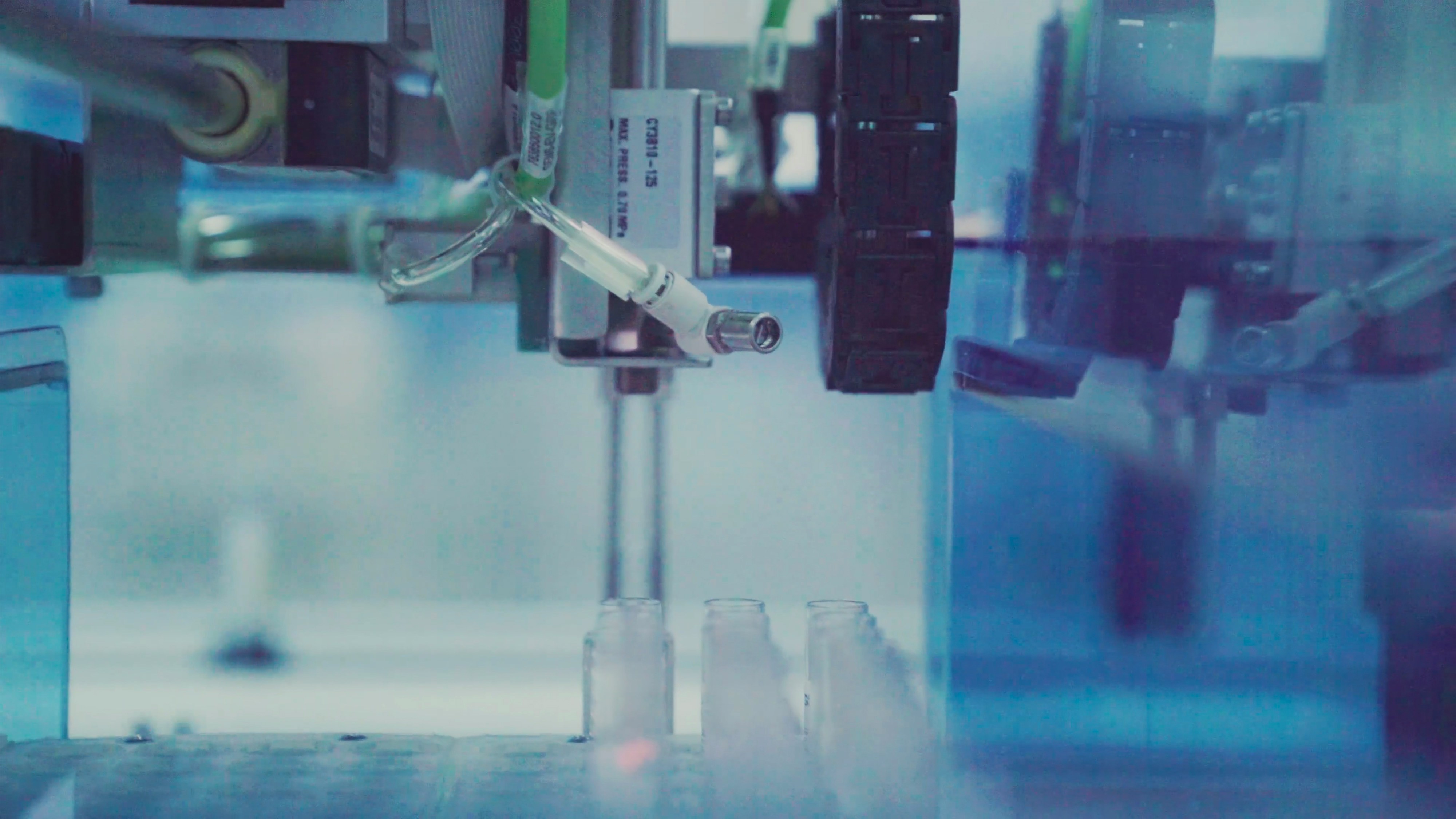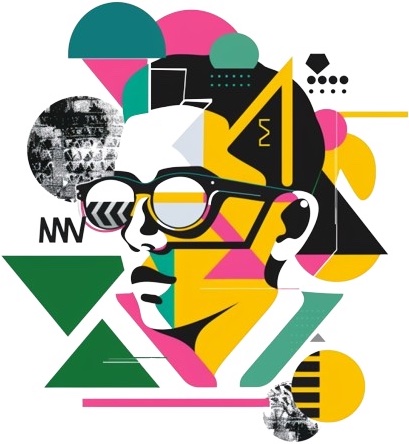Examples of Automation Technology
By RG team · 8 min read
Last Updated on June 6, 2023
Wait a minute...

Introduction

Photo by Testalize.me on Unsplash
Automation technology has been rapidly changing the way we live and work. From self-driven cars, household thermostats, and even kitchen appliances, technology has been used to increase efficiency, decrease human error, and get things done faster. While automation technology has been around for quite some time, it is now becoming more advanced with the help of artificial intelligence, robotics, and other innovations.
In this article, we will explore different examples of automation technology, including types of automation, automation in daily life, automation in the industry, and top automation technologies used in manufacturing. Whether you are a content creator or someone who is interested in learning more about automation technology, this article will provide you with comprehensive insights into how automation is transforming our world.
So without further ado, let's dive into the world of automation!
Types of Automation Technology

Photo by Willian Justen de Vasconcellos on Unsplash
There are different types of automation technology that companies and individuals use to increase efficiency and productivity. These types of automation include fixed automation, programmable automation, flexible automation, and integrated automation. Each type of automation has unique characteristics that make it suitable for different environments and industries.
Fixed automation systems are designed to complete a single set of tasks repeatedly. They are also known as hard automation systems and are commonly used in industries with high production volumes of standardized products. A notable example of fixed automation is an assembly line in a car manufacturing plant, where specific tasks are completed by machines that do not require human intervention.
Programmable automation is a flexible type of automation that can be programmed to complete specific tasks and adjust to different conditions. It is commonly found in industries where customization is required, such as in the production of electronic devices or food processing.
Flexible automation is characterized by the ability to complete different tasks with minimal adjustments. It is ideal for industries where customization is required, but there is a limit to how much programming can be done. Flexible automation is commonly seen in industries such as automotive manufacturing, where robots are used to handle different welding tasks.
Integrated automation systems incorporate different types of automation technology, such as fixed, programmable, and flexible automation. They allow for centralized control over multiple automation systems, making it easier to monitor and adjust different types of automation technology. Integrated automation is common in modern manufacturing facilities, where robots, sensors, and other automation systems work together to complete different tasks.
In the next section, we will explore different examples of automation in daily life, showcasing how automation technology is present in our everyday lives.
Examples of Automation in Daily Life

Photo by Arno Senoner on Unsplash
Automation technology has made significant changes in our daily life. In this section, we will explore different examples of how automation has made our lives easier, faster, and more efficient.
Automobiles are a prime example of automation, with driver-assist features common in newer models. From automated parking to adaptive cruise control, cars use technology and sensors to make driving safer and more efficient. Self-driving cars, while not yet available to the general public, are being developed using cameras, artificial intelligence, and other technologies.
Kitchen tools are another area where automation technology has significantly changed our lives. From dishwashers to coffee makers and even smart ovens, kitchen appliances have become more advanced and efficient, making our lives easier. Smart ovens, for instance, can now be programmed to cook different types of food and even alert us when the meal is ready.
Consumer electronics such as smartphones, home entertainment systems, and personal assistants like Alexa or Google Home, have become more automated in recent years. Voice-activated controls, recommendation algorithms, and other automated features have made it easier for us to use these devices.
FASTags, also known as a digital toll collection system, is a recent example of automation technology in India. Commuters attach a radio-frequency identification (RFID) tag on their vehicles, allowing them to pay tolls digitally without having to stop in long queues at toll booths.
Power backup devices such as inverters or generators automatically detect power outages and switch to battery power, keeping essential appliances and devices running without interruption.
Arms and ammunition are another area where automation technology has advanced considerably. With computerized targeting systems and smart ammunition, soldiers can now aim and shoot with more precision.
In the next section, we will explore different examples of automation technology in the industry, showcasing how automation has transformed manufacturing and other industries.
Examples of Automation in Industry

Photo by Ashkan Forouzani on Unsplash
Automation technology has revolutionized the manufacturing industry over the years, making it more efficient, reliable, and safe. In this section, we will explore different examples of automation technology used in the industry.
Industrial robots are common in manufacturing plants, and they are used to perform repetitive tasks that require precision and speed over long periods. These robots have become more advanced, with the integration of artificial intelligence (AI) and machine learning, allowing them to work alongside human workers in what is known as collaborative robots or cobots.
Control systems are used to monitor and control production processes, ensuring that everything runs smoothly and according to plan. These systems are also used to alert operators in case of an error or equipment malfunction.
Industry 4.0 is also an example of automation technology. This term refers to the fourth industrial revolution, where machines and equipment use sensors, cloud computing, and data analytics to exchange information in real-time. This information exchange leads to further optimization of production processes, increasing efficiency while reducing energy waste and costs.
The Industrial Internet of Things (IIoT) is a network of devices that are used to collect data, monitor production processes, and reduce downtime. The IIoT can provide predictive maintenance, which allows operators to prevent equipment failure before they occur.
Robotics is being increasingly used in industries such as manufacturing, healthcare, and logistics. Robots are used to carry out repetitive tasks, such as packaging, sorting, or transportation, freeing up humans to perform more complex tasks.
Artificial Intelligence (AI) is used to analyze data and automate decision-making processes in real-time. AI-powered systems are used in industries such as finance, healthcare, and logistics to predict market trends, diagnose illnesses, and optimize the supply chain.
Big Data is used to aggregate and analyze large sets of data, enabling businesses to identify trends and patterns that can be used to optimize production processes further.
In the next section, we will explore different automation technologies used in the manufacturing industry.
Top 9 Automation Technologies Used In Manufacturing
Manufacturing industries have seen significant changes with the advent of automation technologies. This section will explore nine of the top automation technologies used in manufacturing.
Industry 4.0 refers to the integration of multiple automation technologies to create a "smart factory" where machines, sensors, and humans work together to optimize production processes.
The Industrial Internet of Things (IIoT) is a network of devices that use sensors and data analytics to monitor the production process and optimize it in real-time.
Robotics includes stationary robots, mobile robots, and collaborative robots (cobots). These robots carry out repetitive tasks, freeing up humans to perform more complex tasks.
Artificial Intelligence (AI) is used in manufacturing to analyze vast amounts of data collected by sensors on the production line, identify patterns, and predict future behavior.
Big Data Analytics collects data from different sources on the production line and from external sources such as social media. This data is analyzed in real-time to optimize the production process.
The Cloud allows manufacturers to store, access, and analyze data from anywhere, making it easier to collaborate with partners and optimize the production process.
Cybersecurity is crucial in modern manufacturing, protecting the production line and data from cyber-attacks.
3D Printing is an additive manufacturing technology that allows manufacturers to produce complex parts in a single step without the need for molds or dies.
Augmented Reality (AR) is an example of automation technology used in manufacturing to help workers visualize assembly procedures or maintenance processes.
In conclusion, automation technology has significantly changed the way we work and live. From self-driving cars to advanced robots in manufacturing plants, automation technologies are making our lives easier, faster, and more efficient. As technology continues to evolve, it is essential to keep up-to-date on the latest automation technologies to stay competitive in today's rapidly changing world.
Conclusion
Automation technology has made significant impacts on the way we live and work. Through different examples of automation technology, we have seen how automation is being integrated into our daily lives, manufacturing procedures, and various industries.
We have explored different types of automation such as fixed, programmable, flexible, and integrated automation, as well as examples of automation in daily life such as automobile technology, kitchen appliances, and consumer electronics. We also delved into examples of automation technology in the industry such as industrial robots, control systems, and Industry 4.0.
Finally, we explored nine top automation technologies used in manufacturing, including Industry 4.0, the Industrial Internet of Things, and artificial intelligence.
Automation technology has brought many benefits to the world, from increased efficiency and productivity to safer work environments and more complex tasks. As we embrace automation technology more, it is necessary to strike a balance between automation and human work to ensure more reliable, safer, and more efficient workflows.
Overall, automation technology is an exciting field that is constantly changing and evolving, and it is essential to stay up-to-date with the latest innovation in automation technology.



